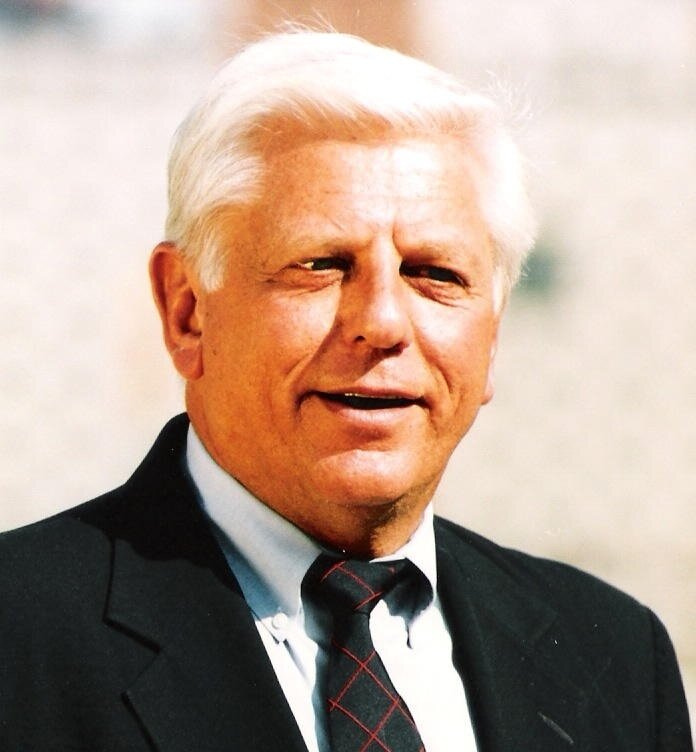- overreaction by consumers to the FDA's drug advertising disclosure requirements, and
- the general increase in myalgia prevalence in the population.1
 "It is tempting to speculate that the perceptions by clinicians of high rates of myopathy among patients treated with statins may be due, at least in part, to direct to consumer advertising by the various drug manufactures."—Charles H. Hennekens, MD
"It is tempting to speculate that the perceptions by clinicians of high rates of myopathy among patients treated with statins may be due, at least in part, to direct to consumer advertising by the various drug manufactures."—Charles H. Hennekens, MD
Statin trials show no excess muscle problems
The levels of muscle disease of concern in controlled trials of statins were:
- Myopathy (any muscle disease)
- Myalgia (muscle aches or weakness without creatine kinase elevation)
- Myositis (includes increased creatine kinase)
- Rhabdomyolysis (includes marked creatine kinase elevation, brown urine, urinary myoglobin)
Dr. Hennekens said that the METEOR (Measuring Effects on Intima-Medina Thickness: An Evaluation of Rosuvastatin) used "the highest marketed dose of the most potent statin" and myalgia rates of 12.7% in the statin group vs. 12.1% in the placebo group. A meta-analysis of over 90,000 patients randomized to statins, placebo, or open control in other studies likewise found no association between statins and myopathy, he said.
"Nonetheless, 1 in 8 patients in the placebo group reported myalgia," Dr. Hennekens noted, adding that in most clinical practices it would not be uncommon for 1 in 8 patients on a statin to complain of muscle symptoms. His concern is that this perceived risk might be dissuading patients from taking statins.
“Statins need to be more widely used in evidence-based doses for the treatment of lipid disorders, in particular, elevated LDL cholesterol in patients with and without prior cardiovascular disease,” Dr. Hennekens said. “They reduce the risks of heart attacks by about one third, strokes by about one quarter and deaths from cardiovascular disease by about one fifth.”
In the U.S. today, for secondary prevention, approximately 12.4 million people are eligible for treatment with statins, and for primary prevention, approximately 24 million are eligible. “Unfortunately, in the U.S. today, only about one in three eligible patients are receiving statins, and of those, only about 37% are getting to their U.S. federal goal for LDL,” Dr. Hennekens said.
To help change that, he suggests "nonbranded public service announcements" emphasizing that cardiovascular disease is the leading killer in the US.
Reference
1. Hennekens CH. Statin-induced myopathy: Hypothesis about randomized evidence and clinical impressions (editorial). Am J Med 2009;122:4-5.






